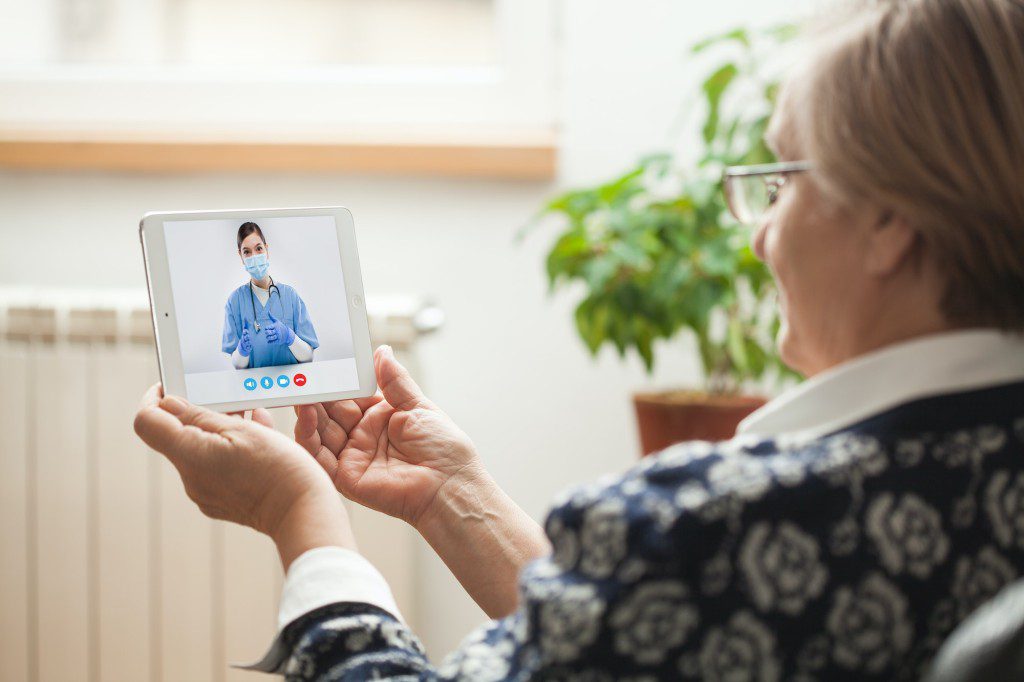
Tele Triage and Telemonitoring are two important aspects of modern healthcare that have revolutionized the way medical care is delivered. Tele Triage refers to the process of assessing a patient’s condition remotely, while Telemonitoring involves monitoring a patient’s vital signs and other health indicators from a distance. These technologies have become increasingly popular in recent years due to their ability to improve access to care, reduce costs, and enhance patient outcomes.
One of the primary benefits of Tele Triage is its ability to provide patients with immediate access to medical advice without having to visit a doctor’s office or hospital. This can be especially beneficial for patients who live in remote areas or have difficulty traveling due to mobility issues. By using video conferencing technology, doctors can assess a patient’s symptoms and guide whether they need further medical attention or can manage their condition at home.
Telemonitoring, on the other hand, allows doctors and nurses to monitor patients’ vital signs remotely using specialized equipment such as blood pressure monitors, heart rate monitors, and glucose meters. This technology enables healthcare providers to detect changes in a patient’s health status early on and intervene before serious complications arise. For example, if a patient with congestive heart failure experiences an increase in fluid retention, their doctor can adjust their medication dosage before they require hospitalization. Another benefit of these technologies is that they can help reduce healthcare costs by reducing the number of unnecessary emergency room visits and hospitalizations. By providing patients with timely medical advice and monitoring their conditions closely, healthcare providers can prevent minor health issues from becoming major ones that require expensive interventions.
In conclusion, Tele Triage and Telemonitoring are two important tools that are transforming modern healthcare delivery. They provide patients with greater access to care while reducing costs for both patients and providers. As these technologies continue to evolve, we can expect them to play an even more significant role in improving health outcomes for people around the world.
